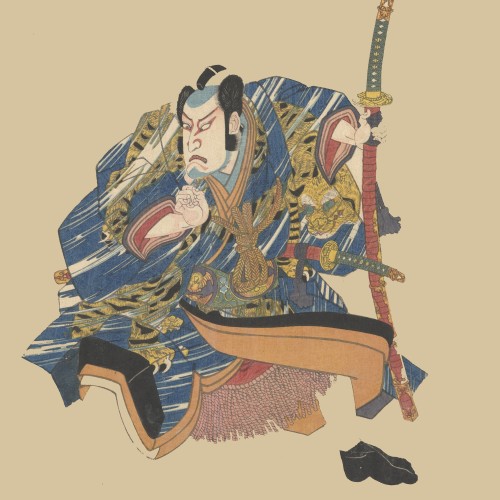 In an age of rapid technological advancement, digital overload, and high-speed convenience, it might seem that a centuries-old martial tradition like Japanese swordsmanship has little relevance. After all, the sword is no longer a weapon of war, and modern self-defence has moved in very different directions. So why do people across the globe continue to study the way of the sword?
In an age of rapid technological advancement, digital overload, and high-speed convenience, it might seem that a centuries-old martial tradition like Japanese swordsmanship has little relevance. After all, the sword is no longer a weapon of war, and modern self-defence has moved in very different directions. So why do people across the globe continue to study the way of the sword?
The answer lies not in practicality, but in something deeper: the enduring human need for discipline, focus, connection, and meaning.
A Martial Art Without a Battlefield
Japanese sword arts — whether Kenjutsu, Iaido, or Battōdō — are no longer practiced to prepare warriors for duels or battlefields. Instead, they’ve evolved into powerful vehicles for self-cultivation. At their heart, these arts preserve a legacy of movement, etiquette, awareness, and refined intent that transcends combative purpose.
The sword becomes a mirror. I
t reflects posture, mindset, and breath. Each draw and cut is a test of presence. Training with the sword reveals imbalances and helps correct them — physically, mentally, and emotionally. There’s no hiding in sword practice: it demands full engagement.
A Remedy for the Modern Mind
Many people today are searching for stillness amid the noise. Sword practice provides that. In a world of constant distraction, it offers a focused space where the mind can quieten and the body can reawaken. It is, in many ways, a form of moving meditation — but one rooted in martial structure and clarity.
The ritual of bowing, drawing the sword, and returning it to the scabbard isn’t just tradition for tradition’s sake. These moments train awareness and respect — for the weapon, for the training space, and for the self. In this way, swordsmanship cultivates more than skill: it cultivates character.
Embodiment and Integration
Modern fitness and sport often focus on performance, speed, and external results. Japanese swordsmanship, by contrast, emphasises integration — connecting the breath, the posture, and the movement as one. It’s not about fighting or winning. It’s about being present, precise, and composed under pressure.
This makes it especially valuable for those seeking more than just a workout. Sword training builds not only physical coordination and control but also mental discipline and emotional balance. It brings practitioners back into their bodies and into the moment.
🏯 Historical Sidebar: From Samurai to Modern Practitioners
Japanese sword arts have their roots in the feudal era, when mastery of the sword was essential for the warrior class. Schools (ryu) developed over centuries, each with its own approach to strategy, footwork, and technique. After the Meiji Restoration, when the samurai class was abolished, many of these traditions adapted — preserving their teachings through civilian training.
Today, arts like Kenjutsu and Iaido are practiced worldwide, often passed down through carefully maintained lineages. While the battlefield may be gone, the spirit of Budo — the martial way — lives on in every cut, stance, and breath.
Carrying Tradition Forward
To practice swordsmanship today is to carry forward a living tradition — one that is not frozen in the past but continually reshaped through honest training. In dojos around the world, people are discovering that even in modern life, there is space for ancient principles: structure, perseverance, humility, and the pursuit of mastery.
Far from being outdated, Japanese sword arts offer exactly what many people are missing: meaningful practice with depth, purpose, and timeless relevance.